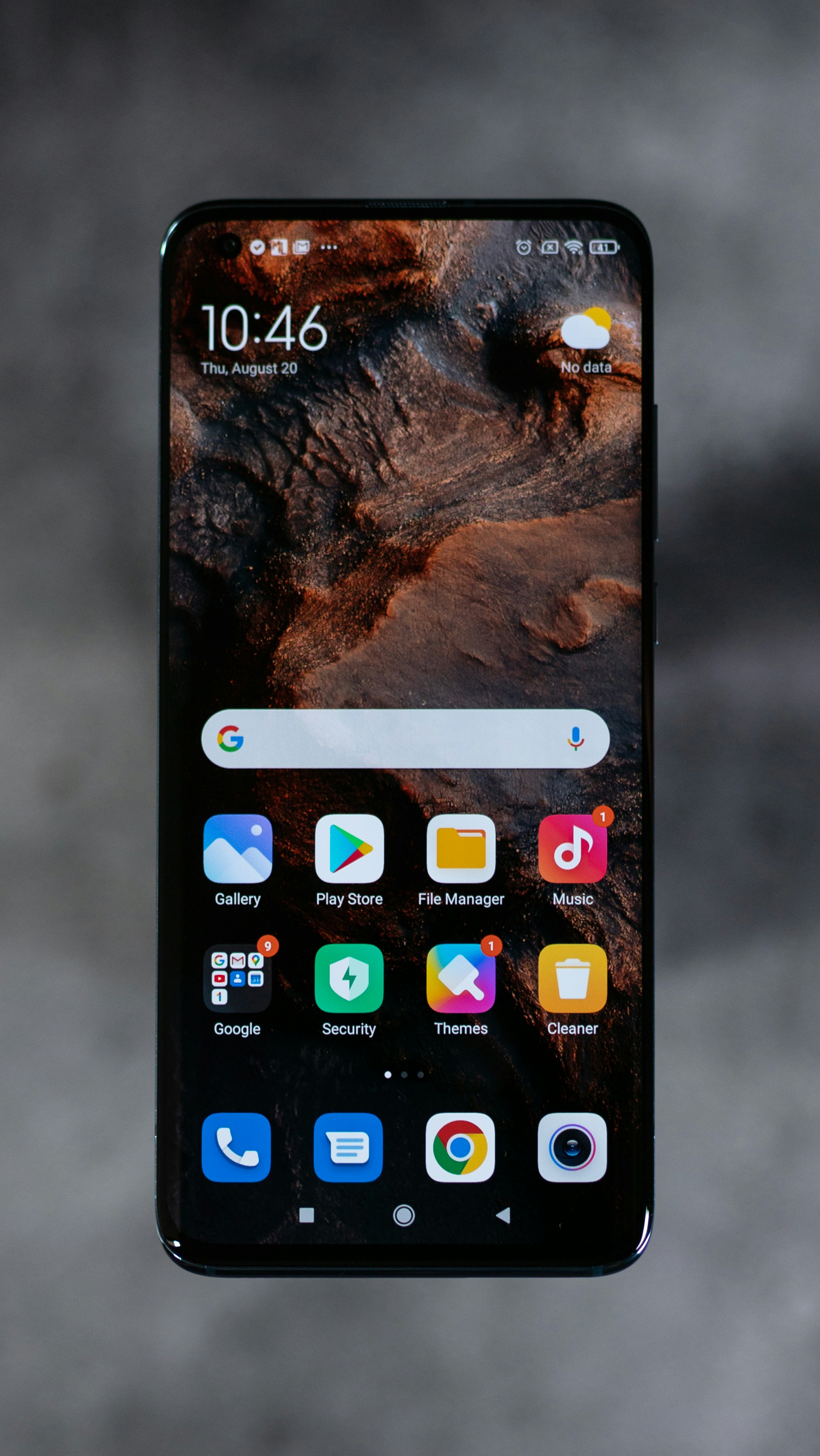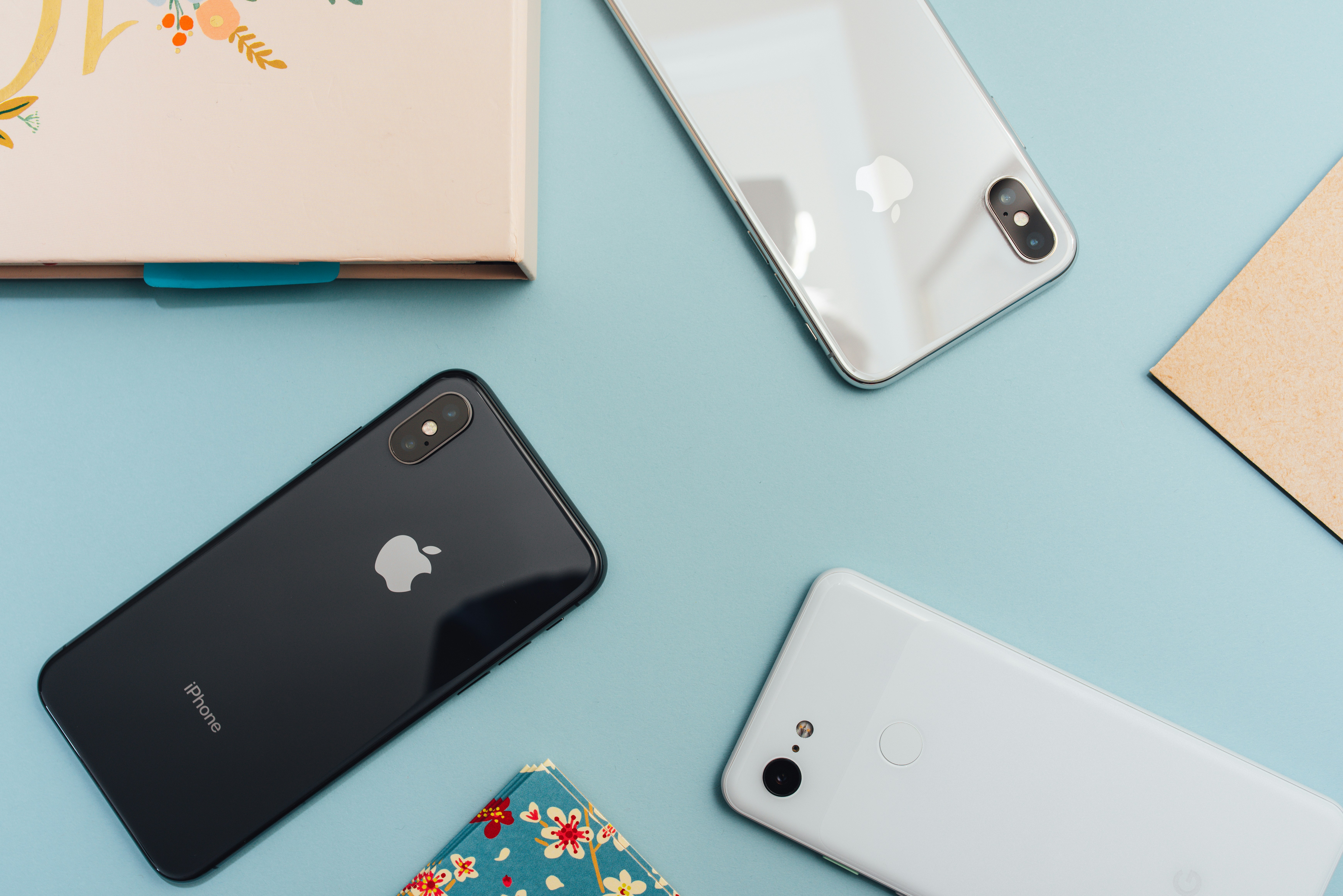Buying a new smartphone in 2025 can feel overwhelming. With dozens of brands releasing hundreds of models each year, each claiming to be the best, how do you cut through the marketing noise and find a phone that truly meets your needs? This comprehensive guide breaks down the features that actually matter, helping you make an informed decision whether you're a casual user, mobile photographer, or power user.

Understanding Your Smartphone Needs
Before diving into specifications, take a moment to consider how you actually use your phone. Are you constantly streaming videos and playing games? Do you take hundreds of photos? Is battery life your top priority? Your usage patterns should drive your purchasing decision, not flashy advertisements or the latest trend.
According to Wikipedia's comprehensive overview of smartphones, these devices have evolved from simple communication tools to powerful pocket computers that handle everything from banking to entertainment. Understanding which features align with your lifestyle is the first step toward making a smart purchase.
Display Technology: More Than Just Screen Size
The display is your primary interface with your smartphone, so getting this right is crucial. Modern smartphones offer various display technologies, each with distinct advantages.
- OLED vs LCD: OLED displays offer deeper blacks, better contrast, and are more power-efficient. LCD panels are typically more affordable and perform better in direct sunlight.
- Refresh Rate: 120Hz or 144Hz displays provide smoother scrolling and better gaming experiences, though they consume more battery.
- Screen Size: Larger screens (6.5 inches and above) are great for media consumption but can be awkward for one-handed use. Compact phones (under 6.3 inches) fit better in pockets and hands.
- Resolution: Full HD+ (1080p) is sufficient for most users. 4K displays look sharper but drain batteries faster.
- Brightness: Look for at least 1000 nits peak brightness for good outdoor visibility.
Camera Systems: Beyond Megapixels
Smartphone cameras have become incredibly sophisticated, but megapixel count is just one small part of the equation. Here's what really matters for great photos and videos.

Key Camera Features
- Sensor Size: Larger sensors capture more light, resulting in better low-light photos and more natural depth of field.
- Optical Image Stabilization (OIS): Essential for sharp photos in low light and smooth video recording.
- Computational Photography: AI-powered image processing often matters more than hardware specs.
- Versatility: A good ultra-wide camera is more useful than a gimmicky macro or depth sensor.
- Video Capabilities: Look for 4K recording at 60fps, HDR video support, and effective stabilization.
- Night Mode: Modern night modes can transform unusable dark photos into impressive images.
Performance: Processor and RAM Considerations
Smartphone processors have become incredibly powerful, with even mid-range chips handling everyday tasks smoothly. For most users, flagship processors are overkill unless you're into heavy gaming or professional video editing on your phone.
RAM requirements depend on your usage. 8GB is the sweet spot for 2025, handling multitasking and keeping apps in memory. Power users might appreciate 12GB or more, while 6GB can still work for light users who stick to basic apps.
Battery Life: The Most Important Spec
A phone that dies before dinner is frustrating regardless of how impressive its other features are. Battery capacity (measured in mAh) is important, but efficiency matters more. A well-optimized phone with a 4,500mAh battery can outlast a poorly optimized device with 6,000mAh.
- Look for real-world battery tests, not just capacity numbers
- Fast charging (30W or higher) reduces downtime significantly
- Wireless charging adds convenience, though it's slower than wired
- Consider reverse wireless charging if you have wireless earbuds or smartwatches
- Battery health features that limit charging to 80% can extend long-term lifespan
Software and Updates: The Long Game
Your phone's software experience matters just as much as its hardware. Stock Android or near-stock experiences typically offer smoother performance and faster updates. Heavily customized interfaces can add useful features but may feel bloated.
According to Android's development history, software update commitments vary dramatically between manufacturers. Premium brands now promise 5-7 years of security updates, ensuring your phone remains secure and functional longer.
Comparing Flagship vs Mid-Range Phones
The gap between flagship and mid-range smartphones has narrowed significantly. Here's an honest comparison to help you decide where to invest your money.

Flagship Smartphones
Pros:
- Best-in-class cameras with advanced computational photography
- Premium materials and build quality
- Latest processors for maximum performance
- Longest software support commitments
- Advanced features like wireless charging, water resistance, and premium displays
- Better resale value after 2-3 years
Cons:
- Premium prices ($800-$1,500+)
- Diminishing returns for casual users
- Overkill for basic tasks like messaging and browsing
- More expensive to repair if damaged
Mid-Range Smartphones
Pros:
- Excellent value proposition ($300-$600)
- Capable cameras that satisfy most users
- Good performance for everyday tasks
- Often include features like high refresh rate displays and fast charging
- Less financial stress if lost or damaged
Cons:
- Camera quality drops in challenging conditions
- May use plastic instead of premium materials
- Shorter software update commitments (typically 3-4 years)
- Performance gaps show up in demanding games and apps
- May lack wireless charging or advanced water resistance
Storage: How Much Do You Really Need?
With cloud storage becoming more accessible, many users can comfortably use 128GB of internal storage. However, if you take lots of photos and videos, download music and movies for offline use, or play large games, 256GB provides breathing room. The jump to 512GB or 1TB is only necessary for professional content creators or those who never want to think about storage.
5G: Worth the Hype?
5G coverage has expanded significantly, but its real-world benefits depend on your location and carrier. In areas with robust 5G infrastructure, you'll experience faster downloads and lower latency. However, 5G can drain battery faster, and many areas still rely primarily on 4G LTE, which remains perfectly adequate for most mobile tasks.
Build Quality and Durability
Premium materials like glass and aluminum feel great but are more fragile. Plastic backs are more durable and allow for better wireless charging efficiency. Look for at least IP67 water resistance if you're prone to accidents or live in rainy climates. Gorilla Glass Victus or comparable protection helps prevent screen scratches, though a good screen protector is still recommended.
Making Your Final Decision
After considering all these factors, create a prioritized list of your must-have features. If photography is your passion, invest in a phone with an excellent camera system. If you're always on the go, prioritize battery life and fast charging. For mobile gamers, focus on processor performance and display refresh rates.
Don't get caught up in having the absolute latest model. Last year's flagship often offers 90% of the performance at 60% of the price. Similarly, mid-range phones from reputable brands can deliver excellent experiences without breaking the bank.
Conclusion
Choosing the right smartphone in 2025 requires balancing your needs, preferences, and budget. Focus on the features that matter most for your daily usage rather than getting distracted by marketing buzzwords. A well-chosen mid-range phone that excels in your priority areas will serve you better than an expensive flagship whose advanced features you never use.
Remember that the best smartphone is the one that fits seamlessly into your life, provides reliable performance, and doesn't leave you with buyer's remorse. Take your time researching, read real user reviews, and if possible, handle the device in person before making your final decision. Your next smartphone will likely be your daily companion for 2-4 years, so make it count.
Technology moves fast, but smart buying decisions are timeless. Invest wisely, and you'll enjoy a device that serves you well long after the next generation launches.
No comments:
Post a Comment